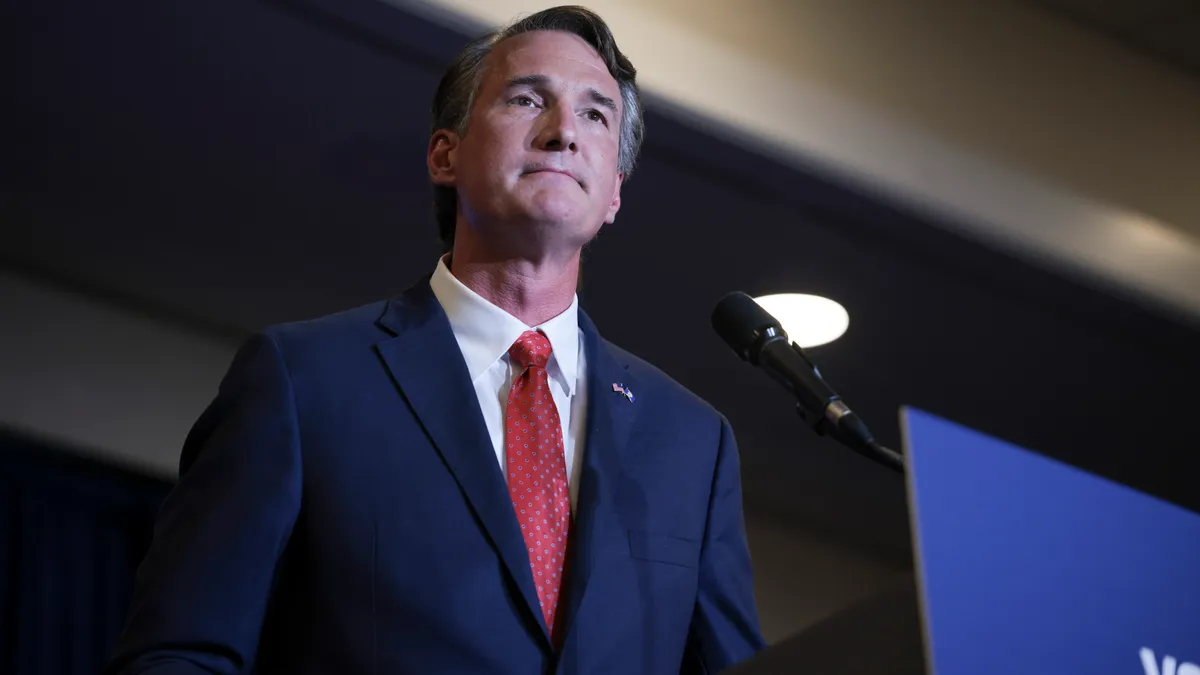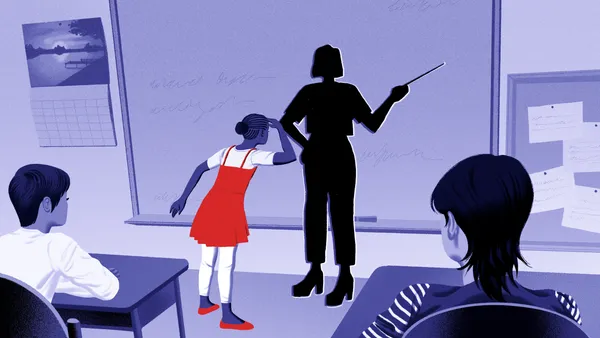To address teacher shortages in Virginia, Gov. Glenn Youngkin issued an executive directive last week that includes both long- and short-term solutions to the problem.
The directive includes permitting retired teachers and educators licensed outside of the state to teach in Virginia classrooms. Youngkin also ordered the development of “additional legislative proposals to reduce red tape associated with teacher licensure, while ensuring high standards” to recruit and retain teachers.
The most recent data from the Virginia Department of Education shows there were 2,593 vacant full-time teaching positions statewide during the 2021-22 school year.
“Consistent with national trends, Virginia is seeing teacher shortages,” Youngkin’s directive stated. “Our children are still recovering from devastating learning loss and other effects of school shutdowns. We must pursue a comprehensive approach to supporting teacher recruitment and retention efforts.”
Concerns have risen over state policies that loosen teaching qualifications amid Florida’s recent move to permit veterans to teach without a bachelor’s degree and a recently approved Arizona law allowing people without a bachelor’s degree to teach while they are training to become an educator.
The Virginia directive also looks to provide targeted discretionary grants for bonuses to recruit and retain teachers in school divisions with the highest and most longstanding vacancy rates. However, recruitment incentives will be focused on already existing positions and not those created by federal COVID-19 relief funds set to expire in 2024.
The state is also aiming to create a registered teacher apprenticeship program alongside partnering districts and educator preparation programs as similar statewide models continue to gain steam. Youngkin’s directive also takes into account improvements to collect data through annual surveys to identify critical, unfilled teaching positions.
James Fedderman, president of the Virginia Education Association, said in a statement that while the statewide education union supports some of Youngkin’s ideas, the order “doesn’t offer the type of serious investments that can really move the needle on this issue.”
Some additional longstanding proposed solutions for the teacher shortage should include paying teachers competitive salaries, increasing aid to high-poverty schools and investing in community school models, Fedderman said.













